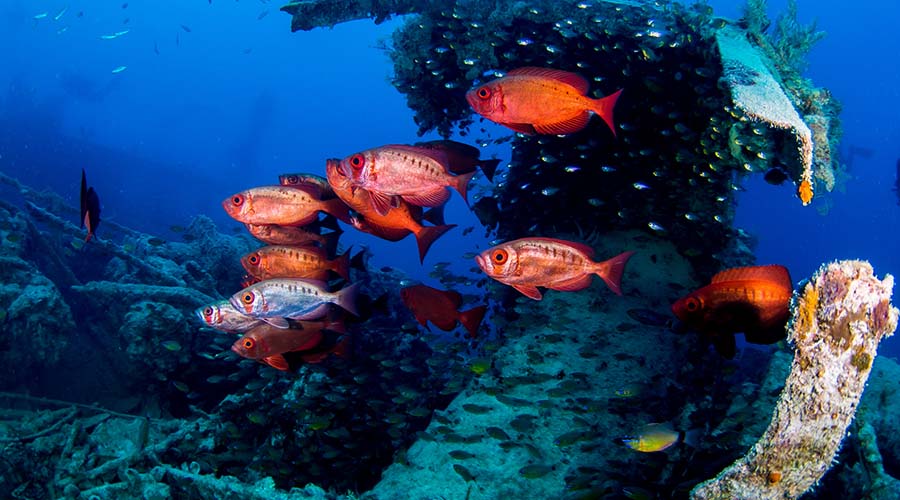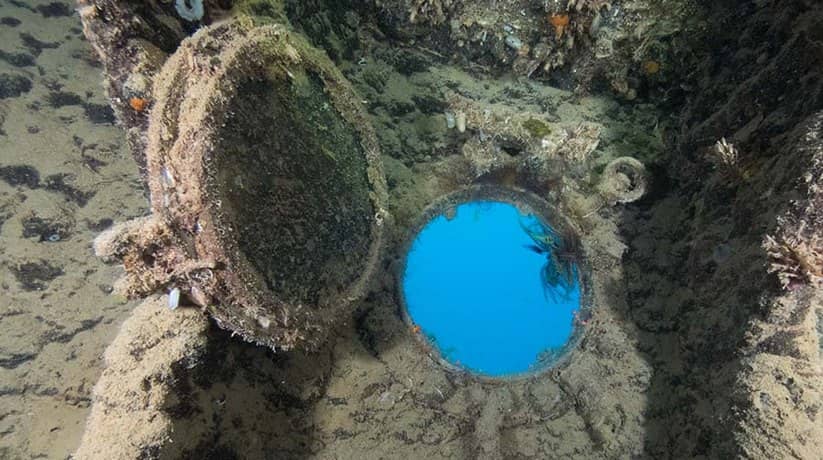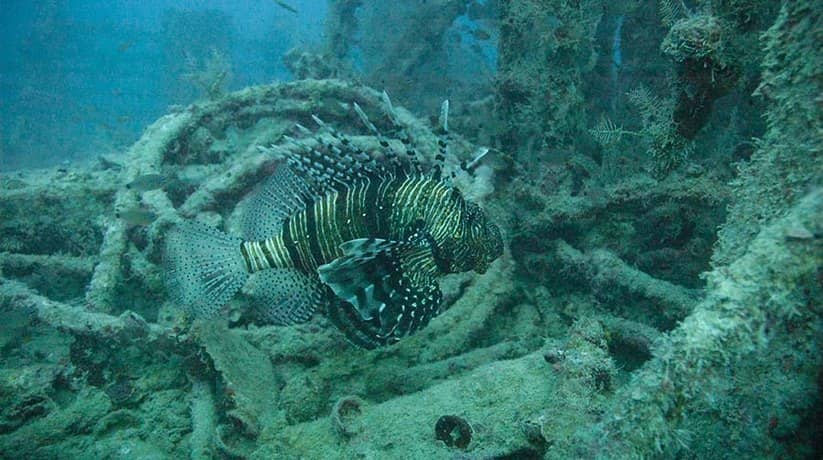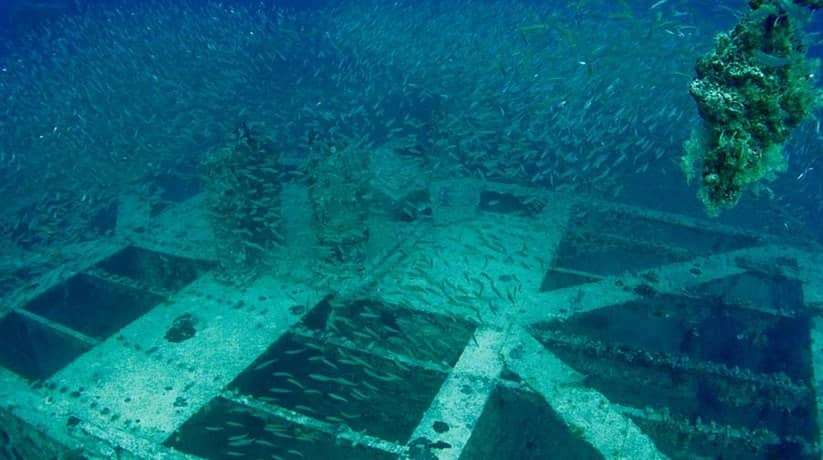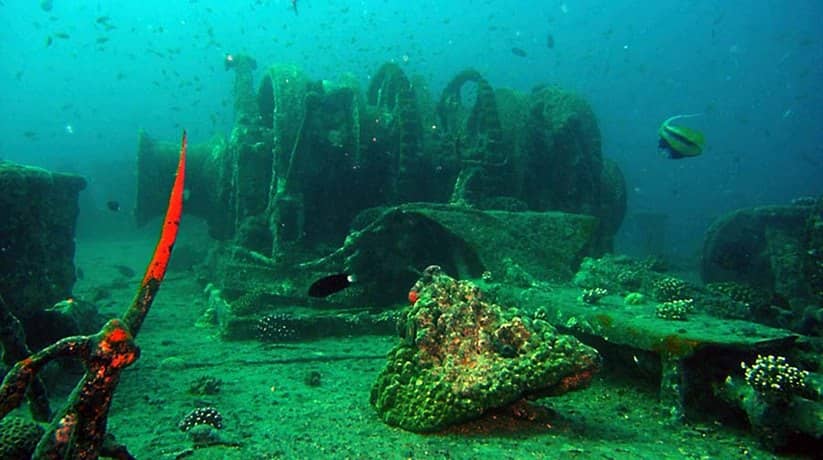Rosalie Moller Wreck information, tours, prices and online booking
Rosalie Moller wreck Hurghada indeed is one of the most interesting ship wrecks to explore in the Red Sea. It is undeniably the 108 m long. In fact, the coal ship bombed by the German air force in October 1941. The ship in fact was transporting coal to Alexandria. The wreck is surprisingly intact today, with some areas covered with hard and soft corals. In fact, it lies at a depth of 39 to 50 meters. The ship’s mast can be spotted from as low as 17 meters. Only experienced divers allowed to make that dive. The visibility can be low and the currents are very strong in that particular area. In fact, a technical diving equipment needed. The site can accessed by boat from Hurghada’s port, or by live-aboard Safaris.
The Rosalie Moller stands as a proud example of British engineering from the early 20th Century. It is upright on the seabed on an even keel. The first thing we saw as we approached the wreck was the forward mast, with the mast-head lamp in place at 17m. Below this, the Bows are at 39m and the starboard anchor is deployed with the chain running down to the seabed at 50m and then out of sight. The port anchor remains fully retracted. The railings are largely still in place as is much of the accommodation, winch houses, blocks, winches, hawsers and other paraphernalia.
More information about Rosalie Moller Wreck Hurghada:
Aft of the Bridge, the funnel is still standing – with only the slightest list to port. On the leading edge is a small ladder up to a magnificent copper steam-whistle. Beyond this, the rear mast is also intact, the lifeboats davits are swung out and at 35m at the stern, the steering gear is available for inspection. Below this, the rudder is at 45m and hard over to starboard. Curiously, one of the four propeller blades is missing. There is external damage to both rear quarters, being slightly more extensive to starboard. Incredibly, the damage that caused the ship to sink is hardly noticeable and none of the cargo of coal appears to have spilled out.
The vessel is not on any of the regular diving routes and, unfortunately, does not enjoy the high levels of underwater visibility one expects from the Red Sea, 15-20m being normal. That said, corals are growing on the decks and the fish life can only be described as prolific. First thing in the morning Jacks and Tuna are seen feeding on the large shoals that congregate here and in the evening only the largest Grouper are found.

